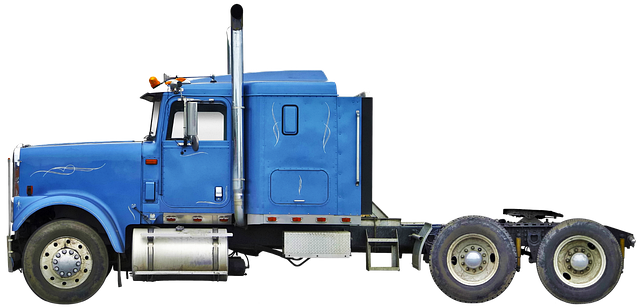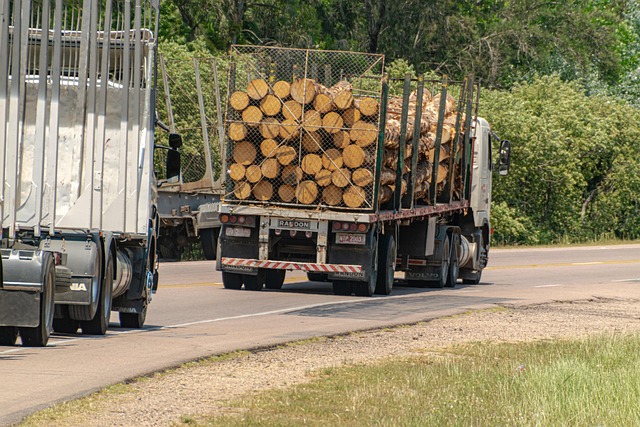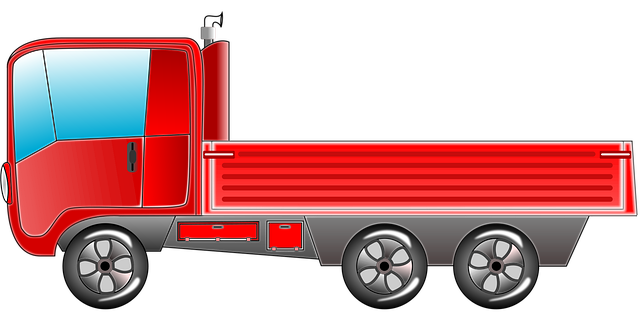Learn how to register your car in California with our comprehensive guide. Discover the essential steps, from understanding state requirements and gathering necessary documents to navigating the VIN verification process. We’ll walk you through submitting your application, paying fees, and receiving your vehicle’s registration and license plate. Ensure a smooth experience by following these crucial steps, including proper VIN verification.
- Understanding California Car Registration Requirements
- Gathering Necessary Documents for VIN Verification
- The Process of Conducting VIN Verification in California
- Submitting Your Application and Paying Fees
- Receiving Your Vehicle's Registration and License Plate
Understanding California Car Registration Requirements

In California, registering your car involves meeting specific requirements to ensure road safety and vehicle identification. One crucial aspect is the VIN (Vehicle Identification Number) verification process. This unique 17-character code serves as a signature for each vehicle, providing critical information about its make, model, year, and manufacturing details.
For a seamless registration experience, it’s essential to have accurate and up-to-date VIN data. You can opt for a mobile vin verification service, which allows you to quickly and easily capture your car’s VIN using your smartphone, ensuring a convenient and efficient start to the registration process. This digital approach streamlines traditional methods, making vehicle inspection more accessible and modern.
Gathering Necessary Documents for VIN Verification

Before you begin the registration process in California, it’s crucial to gather all the essential documents, especially for VIN (Vehicle Identification Number) verification. This step is a critical part of ensuring your vehicle’s authenticity and meeting state requirements. You’ll need to provide proof of ownership, which can be a title, bill of sale, or lease agreement. These documents should bear the VIN, making it easily identifiable for inspection.
Additionally, you must have a current registration certificate from your previous state of residence and valid insurance documentation. Some states offer mobile vin verification services, like a mobile vin inspector or verifier, which can streamline this process. However, ensure that any third-party service you use is reputable to avoid potential issues with official authorities later on.
The Process of Conducting VIN Verification in California

In California, VIN (Vehicle Identification Number) verification is a crucial step in the car registration process. It’s designed to ensure that the vehicle matches the information on its title and is fit for road use. This process typically involves several steps, starting with gathering essential documents like the vehicle’s title, registration papers, and proof of insurance. Once these are submitted at a California Department of Motor Vehicles (DMV) office or designated agent, an inspector will conduct a thorough inspection, including checking the VIN and verifying its authenticity.
For convenience and speed, many residents opt for a mobile vin inspection or utilize a mobile vin verifier service. These options allow the verification process to take place at your location, saving time and effort. A mobile vin verifier can swiftly cross-reference the VIN with national databases to ensure it’s not stolen, has no outstanding issues, and meets California’s safety standards. This digital approach streamlines the registration process, making it more accessible for busy individuals or those who face challenges visiting a DMV office.
Submitting Your Application and Paying Fees

After you’ve gathered all the required documents and completed your application, it’s time to submit everything to the California Department of Motor Vehicles (DMV). This can typically be done online or at a local DMV office. The next step involves paying the necessary fees, which cover the registration process and vehicle title transfer. Be sure to double-check that you’ve included all required payments to avoid any delays.
When submitting your application, consider utilizing a mobile vin verifier to ensure accurate and timely VIN verification. This can simplify the process and help prevent potential issues down the line. With the convenience of a mobile vin inspection, you can rest assured that your vehicle’s identification number is legitimate, making the registration process smoother for both you and the DMV.
Receiving Your Vehicle's Registration and License Plate

After successfully completing your California vehicle registration, it’s time to receive your official registration documents and license plates. The California Department of Motor Vehicles (DMV) will mail you a Registration Certificate, which acts as proof of registration for your vehicle. Additionally, they’ll send you a pair of license plates, typically displayed on the front and rear of your car. Before using these plates, make sure to perform a VIN verification to ensure everything is in order. This process can be done online or at a DMV office, and it confirms that your vehicle’s information matches the records.
For added convenience, many drivers opt for a mobile VIN verification service. These services allow you to check your vehicle’s history using just your phone or tablet. A mobile vin verifier can provide instant results, confirming details like the vehicle’s age, previous owners, and any reported accidents. This extra step ensures peace of mind and helps maintain the integrity of your registration process.
Registering a car in California involves understanding specific requirements, gathering essential documents, and successfully completing the VIN verification process. By ensuring your vehicle meets all standards and providing accurate information, you can efficiently obtain your car’s registration and license plate. Remember, proper documentation and adherence to procedures are key when navigating the California car registration process, including crucial steps like VIN verification.
